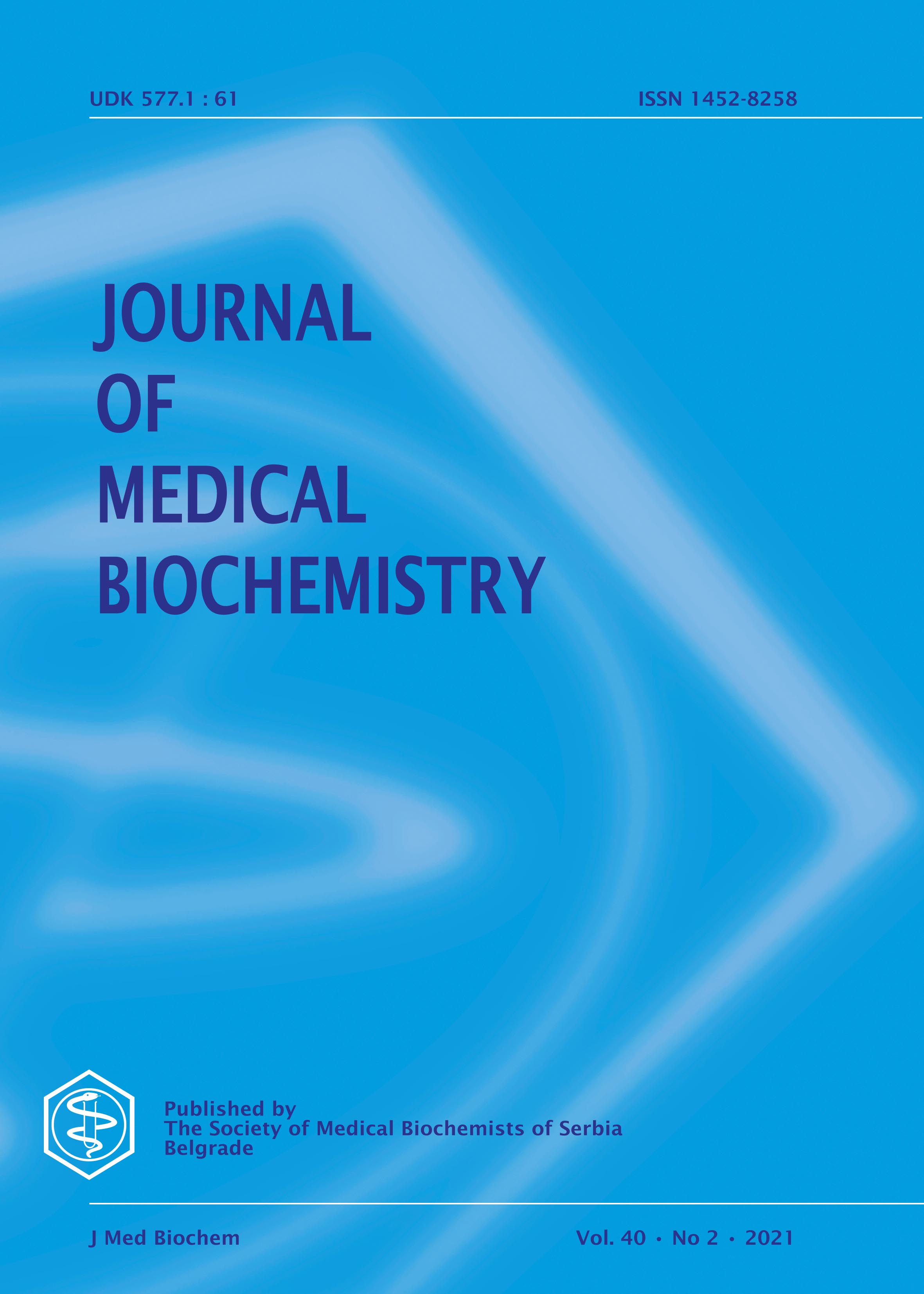Increased red blood cell distribution width in patients with plaque psoriasis
Abstract
Background: Red blood cell distribution width (RDW) is frequently increased in inflammatory disorders and the magnitude of its elevation correlates with disease severity. This study was hence aimed to explore RDW values in patients with psoriasis.
Methods: The study population consisted of 366 adult patients with mild to severe plaque psoriasis and 366 age- and sex-matched healthy blood donor controls. For each psoriatic patient demographic, clinical and laboratory data were regularly collected.
Results: RDW and MCV were significantly higher in psoriatic patients compared to controls (13.95 vs. 13.40% and 90.4 vs. 89 fL; both p<0.01). In order to assess whether RDW elevations were related to psoriasis severity, we divided our psoriatic patient population into two groups based on a PASI cut-off of 10. No significant differences were observed between the two groups (i.e. PASI > 10 and ≤ 10) in terms of RDW (p=0.36). Adopting different PASI cut-offs (i.e. 3, 5, 7, 12) did also not result in statistically significant differences (p= 0.93, 0.48, 0.22, 0.42, respectively). In linear regression analysis, no significant correlation was also found between RDW and PASI or CRP, nor with age, gender or the psoriasis comorbidities listed in Table I. Furthermore, no significant difference of RDW values was noted between psoriatic patients with and without PsA (p = 0.27).
Conclusions: The results of this study confirm that RDW is elevated in psoriatic patients, though the magnitude of its increase did not appear to be associated with disease severity.
Copyright (c) 2020 Davide Geat

This work is licensed under a Creative Commons Attribution 4.0 International License.
The published articles will be distributed under the Creative Commons Attribution 4.0 International License (CC BY). It is allowed to copy and redistribute the material in any medium or format, and remix, transform, and build upon it for any purpose, even commercially, as long as appropriate credit is given to the original author(s), a link to the license is provided and it is indicated if changes were made. Users are required to provide full bibliographic description of the original publication (authors, article title, journal title, volume, issue, pages), as well as its DOI code. In electronic publishing, users are also required to link the content with both the original article published in Journal of Medical Biochemistry and the licence used.
Authors are able to enter into separate, additional contractual arrangements for the non-exclusive distribution of the journal's published version of the work (e.g., post it to an institutional repository or publish it in a book), with an acknowledgement of its initial publication in this journal.

